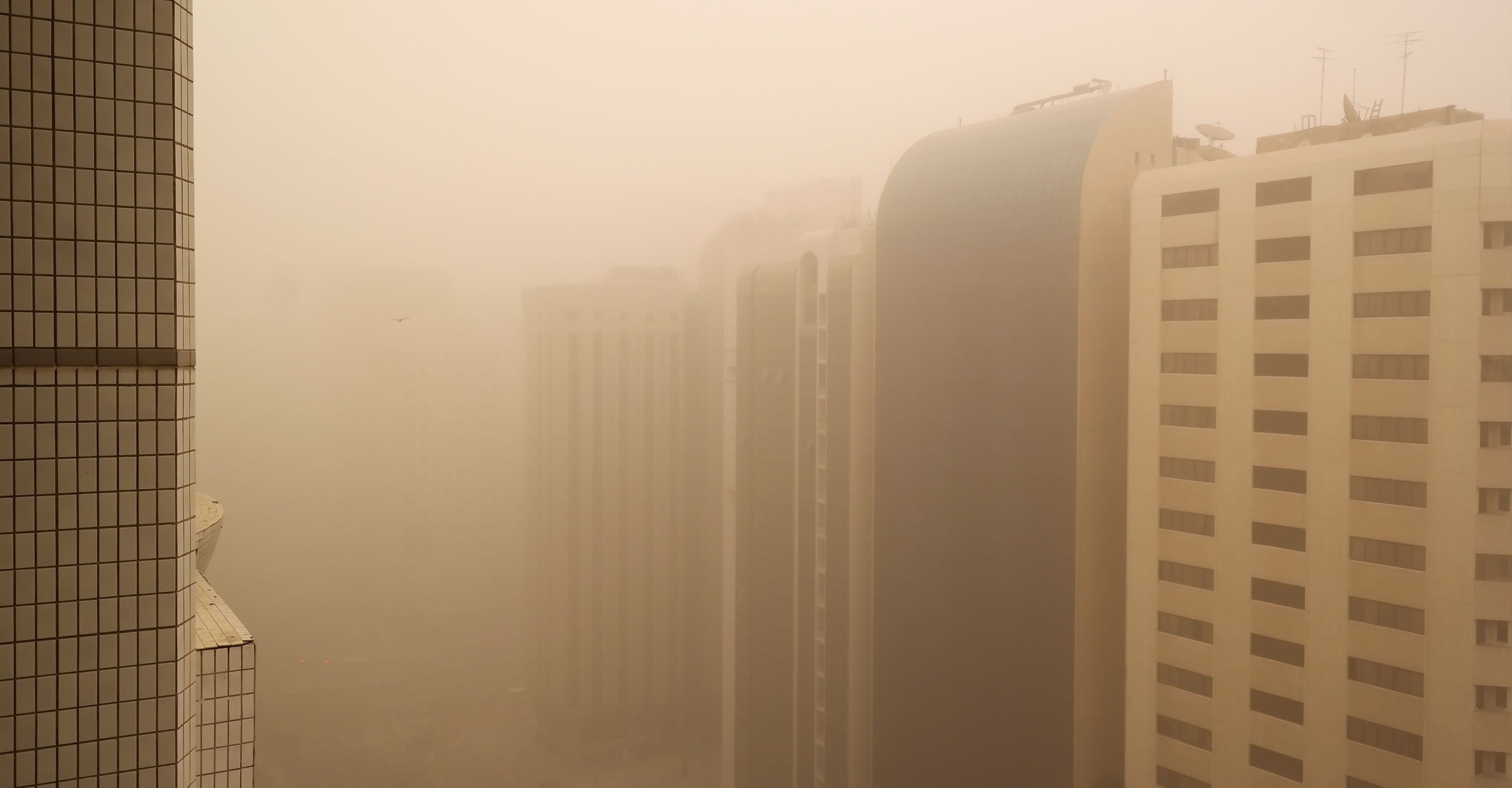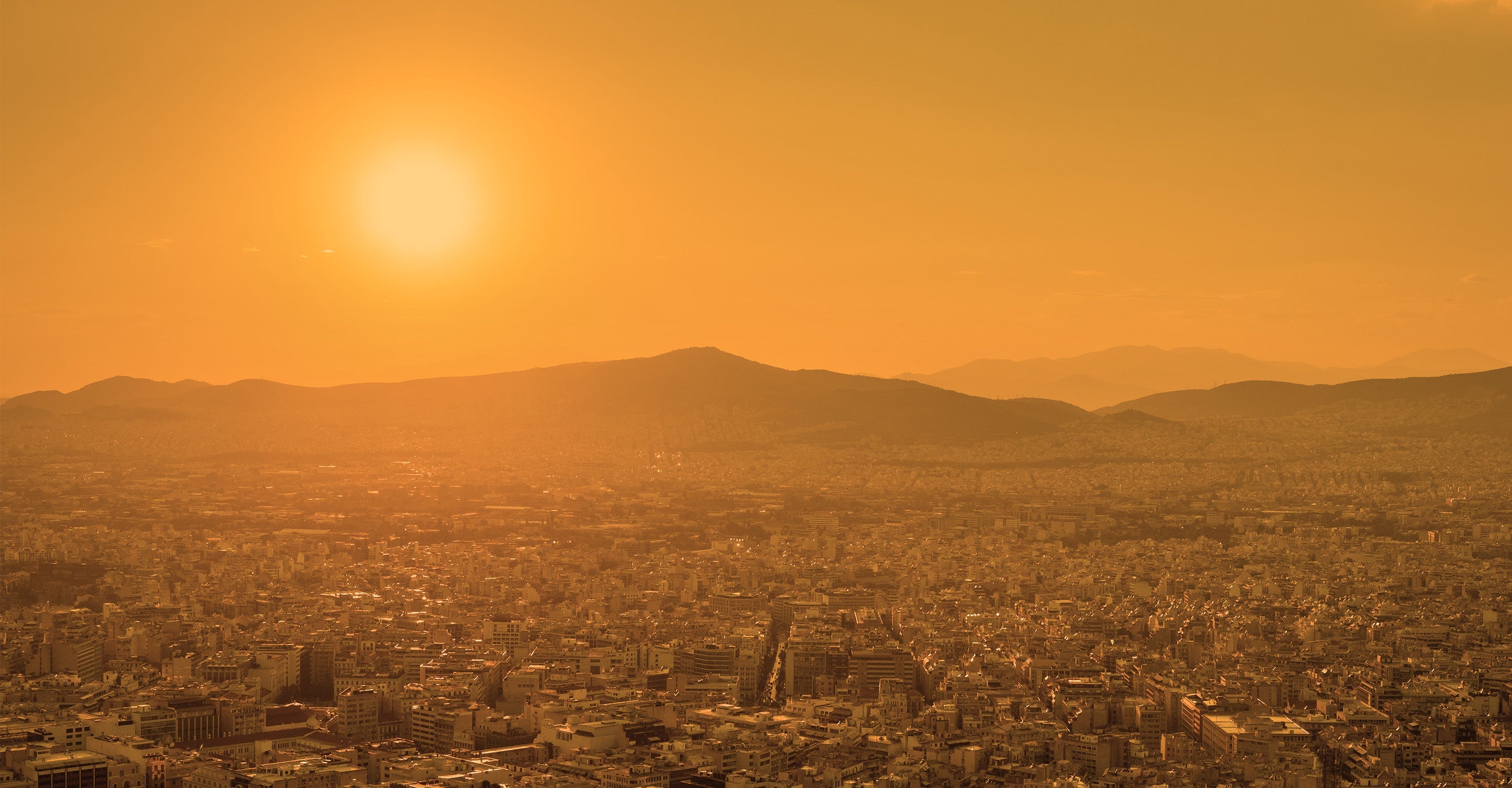Bagalkot air quality map
Live air pollution map of Bagalkot
387 people follow this city
Full screen
Contributors category
0
Government
0
Educational
0
Non-profit organization
0
Corporate
0
Individual
0
Anonymous
Station(s) operated by

*IQAir’s AQI data modeled using satellite data. Learn more
Health Recommendations
| Sensitive groups should reduce outdoor exercise | |
| Close your windows to avoid dirty outdoor air GET A MONITOR | |
| Sensitive groups should wear a mask outdoors GET A MASK | |
| Sensitive groups should run an air purifier GET AN AIR PURIFIER |
Bagalkot does not have air sensor data
Be the first to measure and contribute air quality data to your community.
Understand air pollution and protect yourself
Bagalkot MAP AIR QUALITY ANALYSIS AND STATISTICS
How much interesting information about air quality is there on the air pollution map for Bagalkot?
There is a large amount of interesting information about air quality on the air pollution map for Bagalkot and it is easily accessible from the main city page. The map will be seen at the top of this page and clicking on it will open a new page filled with all the available information about air quality.
When the page is first opened, the viewer will be met with a solid colour which is a direct indication of the current air quality. Colours can range from pale green for clean air through to dark maroon for unhealthy air and are standard across the entire IQAir website. The yellow colour that it shows now means the air quality is “Moderate” with a US AQI reading of 72. This is the United States Air Quality Index reading or US AQI for short. It is calculated by taking the measurements of up to six of the most commonly found pollutants in the city air. These are usually both sizes of Particulate Matter (PM2.5 and PM10), ozone, nitrogen dioxide, sulphur dioxide and carbon monoxide. The figure can then be used as a standard when comparing air quality in different areas across the globe. The entire system has the backing of the World Health Organisation (WHO).
There are usually several coloured discs scattered across the map which represent the location of the ground-level air monitoring stations, but not all cities have such physical stations and rely on information obtained from overhead satellites for the data about air quality. Bagalkot has no ground-level stations but the results are very much the same.
If the map is slightly expanded, some stations can be seen in neighbouring cities. The number seen at the centre of these coloured discs is the US AQI reading from that specific area.
Looking back to the main city page, it can be seen in the coloured banner across the top of it that the air quality at that time was “Moderate” with a US AQI reading of 72. The asterisk to the right of this figure indicates that it is derived from satellite modelling. The main pollutant was found to be PM2.5 with a recorded level of 22.1 µg/m³ which is over four times the suggested target figure of 5 µg/m³ as recommended by the WHO.
How much more interesting information about air quality is there on the air pollution map for Bagalkot?
There are a lot more interesting facts and figures to be found on the air pollution map for Bagalkot but the screen needs to be viewed at maximum size so that all the information is visible. There is an icon at the top of this first screen which, when selected, will re-open it in full-screen mode.
When viewed in this way, a list of four options should be seen on the left-hand side of the screen. These can each be individually turned on and off to see the effects they have on the map.
The first of the options would show the sites of the ground-level air monitoring stations, but as already mentioned, Bagalkot does not have any physical stations.
The next option shows the position of any wildfires there are that might be burning out of control in the area. The closest fires that are burning are near Hospet and Ballari which are both quite a long way from the city. Checking option four will show the speed and direction of the prevailing winds and it can be seen that the wind will carry any smoke well away from Bagalkot.
Option number three shows the current air quality through the use of colour on the background of the map. The meaning of the various colours can be seen at the foot of the page. If the air quality is very poor the colour will be very dark and possibly distracting. In this case, the option can be deactivated which will remove the intense colour from the map and it will revert to a more subdued palette.
The remainder of the information is found on the right-hand side of the screen. A table will be found here which lists the current top seven most polluted cities across the globe. The rest of the participating cities can be seen under the full-ranking section which can be very informative and absorbing.
Is it possible to see the source of the polluted air on the air quality map for Bagalkot?
It is not possible to directly identify the source of air pollution from the air pollution map for Bagalkot, but it is known that the main sources are from thermal power stations, the transportation sector, dust created by the construction industry and from burning stubble at certain times of the year.
PM2.5 is always quoted on the air pollution map for Bagalkot, but how dangerous is it?
PM10 and PM2.5 often derive from different emissions sources, and have different chemical compositions. Emissions from the combustion of gasoline, oil, diesel fuel or wood produce much of the PM2.5 pollution found in outdoor air, as well as a significant proportion of PM10. PM10 also includes dust from construction sites, landfills and agriculture, wildfires and stubble burning, industrial sources, wind-blown dust from open lands, pollen and fragments of bacteria.
PM may be either directly emitted from sources (primary particles) or formed in the atmosphere through chemical reactions of gases (secondary particles) such as sulphur dioxide, nitrogen oxides, and certain organic compounds. These organic compounds can be emitted by both natural sources, such as trees and vegetation, as well as from man-made (anthropogenic) sources, such as industrial processes and motor vehicle exhaust.
A number of adverse health impacts have been associated with exposure to both PM2.5 and PM10. For PM2.5, short-term exposures (up to 24-hours duration) have been associated with premature mortality, increased hospital admissions for heart or lung causes, acute and chronic bronchitis, asthma attacks, visits to the doctor, respiratory symptoms, and restricted activity days. These adverse health effects have been reported primarily in infants, children, and older adults with pre-existing heart or lung diseases. In addition, of all of the common air pollutants, PM2.5 is associated with the greatest proportion of adverse health effects related to air pollution.








